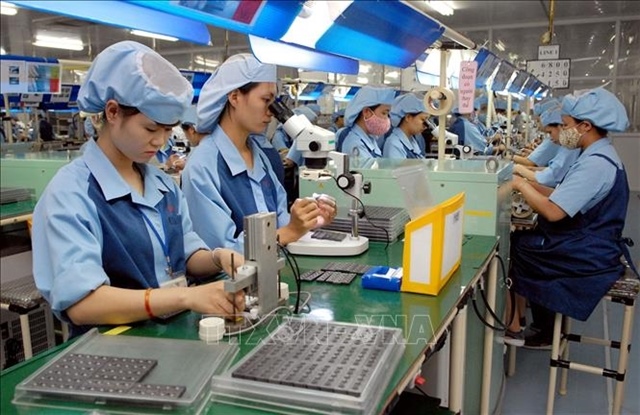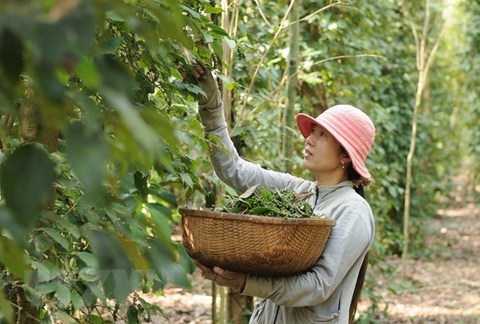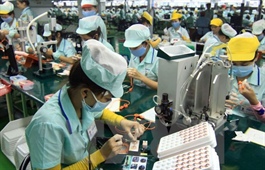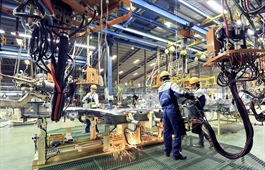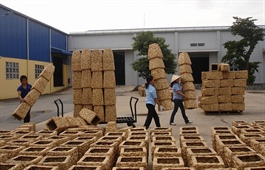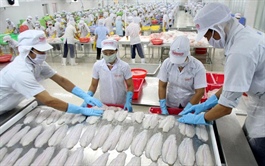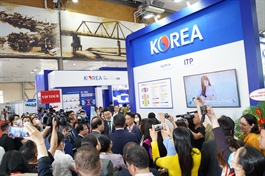Solutions to tackle goods congestion at border gates with China
Solutions to tackle goods congestion at border gates with China
Goods congestion at northern border gates requires synchronous solutions to resolve the problem, which has been plaguing produce exports to China for years and has been exacerbated by Covid-19.
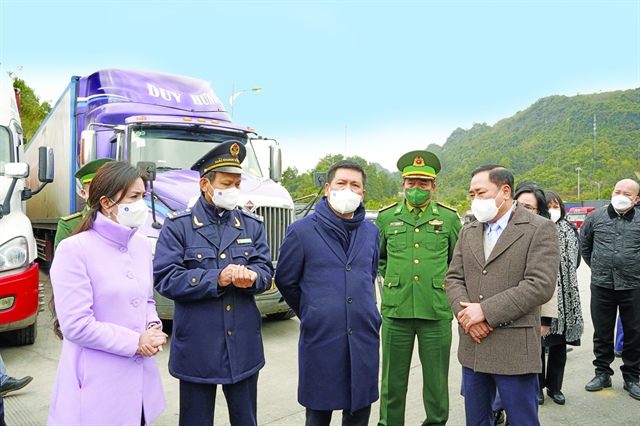
Minister of Industry and Trade Nguyen Hong Dien leads a delegation to survey customs clearance at the Huu Nghi Border Gate in the northern mountainous province of Lang Son |
Official and unofficial exports
Tran Thanh Hai, deputy director of the Agency of Foreign Trade under the Ministry of Industry and Trade, said exports passing through international and national border gates are considered official exports with legal contracts stipulating strict terms and conditions between sellers and buyers. Exports through secondary border gates and without legal contracts are regarded as unofficial exports. When harvest seasons begin, traders bring goods to sell buyers at border gate areas, with up to 800-1,000 cargo trucks per day at each gate resulting in congestion.
The congestion has been exacerbated by China’s orders that all foreign enterprises producing food for export register with Chinese customs agencies, resulting in the fencing off of many secondary border gates.
As the number of Covid-19 infections in Vietnam continues to increase, China has asked to suspend the use of specialized vehicles in the buffer zones, leading to a decrease in cleared goods. Although many northern localities have recommended that cargo trucks stop arriving there, sellers continue to bring farm produce to the border gates.
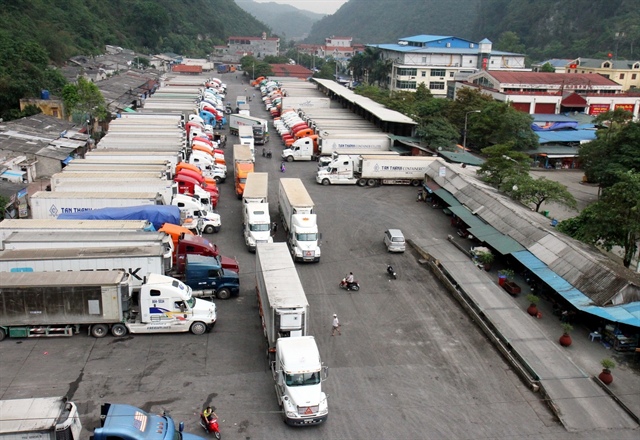
Cargo trucks queuing for customs clearance to enter China |
Building safe export process
To tackle the congestion at border gates, the Ministry of Industry and Trade has proposed to the prime minister to set up a green zone model. Accordingly, people’s committees of Lang Son, Quang Ninh, Cao Bang and Lao Cai provinces would arrange parking areas for vehicles near the border gates, where goods and vehicles are disinfected and drivers take Covid-19 tests under the coordination of Vietnamese and Chinese authorities. Those who test negative can drive their vehicles across the border without having to be tested again, thus shortening the customs clearance time.
Businesses need to strengthen the application of measures to ensure safe production and packaging processes, while long-distance drivers must comply with pandemic prevention and control measures. In addition, border provinces must strengthen inspection and supervision in order to ensure serious implementation of pandemic prevention and control measures.
In the long term, the Ministry of Industry and Trade in coordination with relevant ministries and departments will work with Chinese agencies to overcome the congestion and increase customs clearance efficiency, while devising policies to encourage exporters to switch to official channels.
People’s committees of northern border provinces need to strengthen pandemic prevention and control measures so that the two sides can fully restore customs clearance activities, while directing local authorities to keep up-to-date with information to respond promptly to changes.
| There are currently 76 gates across the border with China, including seven international and six national ones. |


